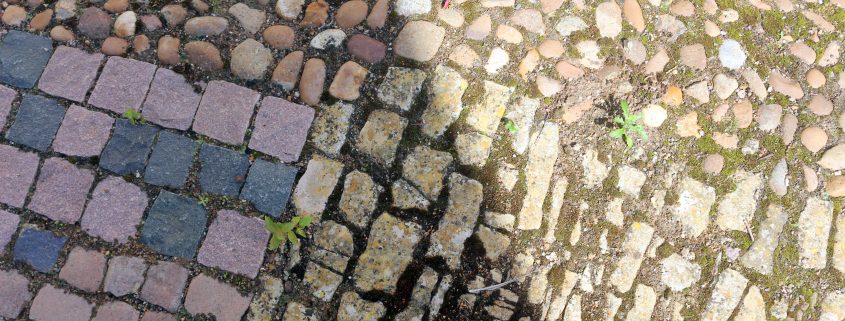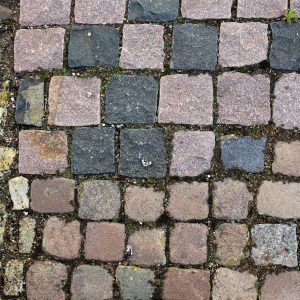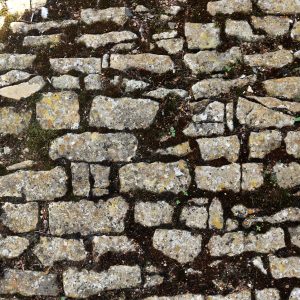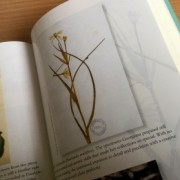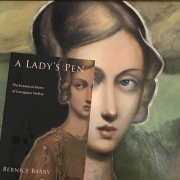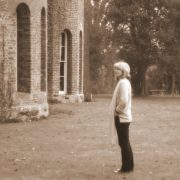COBBLES
“Easy over the cobbles!” I hear that phrase in my memory, in mother’s voice, always said in jest to my father as we set off home in the car from whatever family outing we’d been on. “Home, James, and don’t spare the horses!” That was another. Even as a child, I understood the shared social memories that made my parents laugh together at that, coming as they did from homes that could barely aspire to food on the table every evening let alone the idea of a carriage and horses with a coachman to drive them. In my father’s memoir, he wrote about running after horse-drawn cabs as a child, but it was to steal a ride in the back – not to enjoy the padded comfort of the seats.
With historical fiction as my favourite genre, as both a reader and a writer, it’s not surprising that I still often come across that old word, ‘cobbles’ , but I often notice that the word is being used to describe a surface that isn’t actually made from cobbles. Building materials were generally used in the regions where they were available locally to save on the expense of shipping them in before rail and canal transport, so the smooth, round beach pebbles known as cobbles were common for housebuilding and surfaces in the East Anglia region where I spent the earliest years of my childhood in a house on a cliff on the north Norfolk coast. (Until you’ve been battered helplessly against beach cobbles as a six year old by the fierce waves of the North Sea, you haven’t lived!) Cobbles must have made for a bumpy ride even in the most well-upholstered carriage.
More often, when described as cobbles, the road surface I see (in images on screen or in photographs in books) is actually setts, a much gentler ride for anyone, flat and square, fairly uniform in appearance. The setts we can still see today are often made of granite, which explains their enduring quality, but many of the setts that first paved the streets of London were made from hardwood imported from Australia, including our jarrah.
And then there are pavers and bricks. Even these are occasionally incorrectly described as cobbles.
A wonderful feature of very old buildings is the time-jumbled collection of different floor-coverings that can still be seen, like a record of the passing years. In August, I was lucky enough to visit (for the first time) a home in the UK that features in the story of Georgiana Molloy and it was a thrill both historical and visual to see the stable yard telling its own story of the centuries that have passed. In the same small yard, cobbles, setts, pavers and bricks sit side by side. These photos show how the ground that generations have walked over tells its own story. History under our feet, all the time, so easy to miss!

